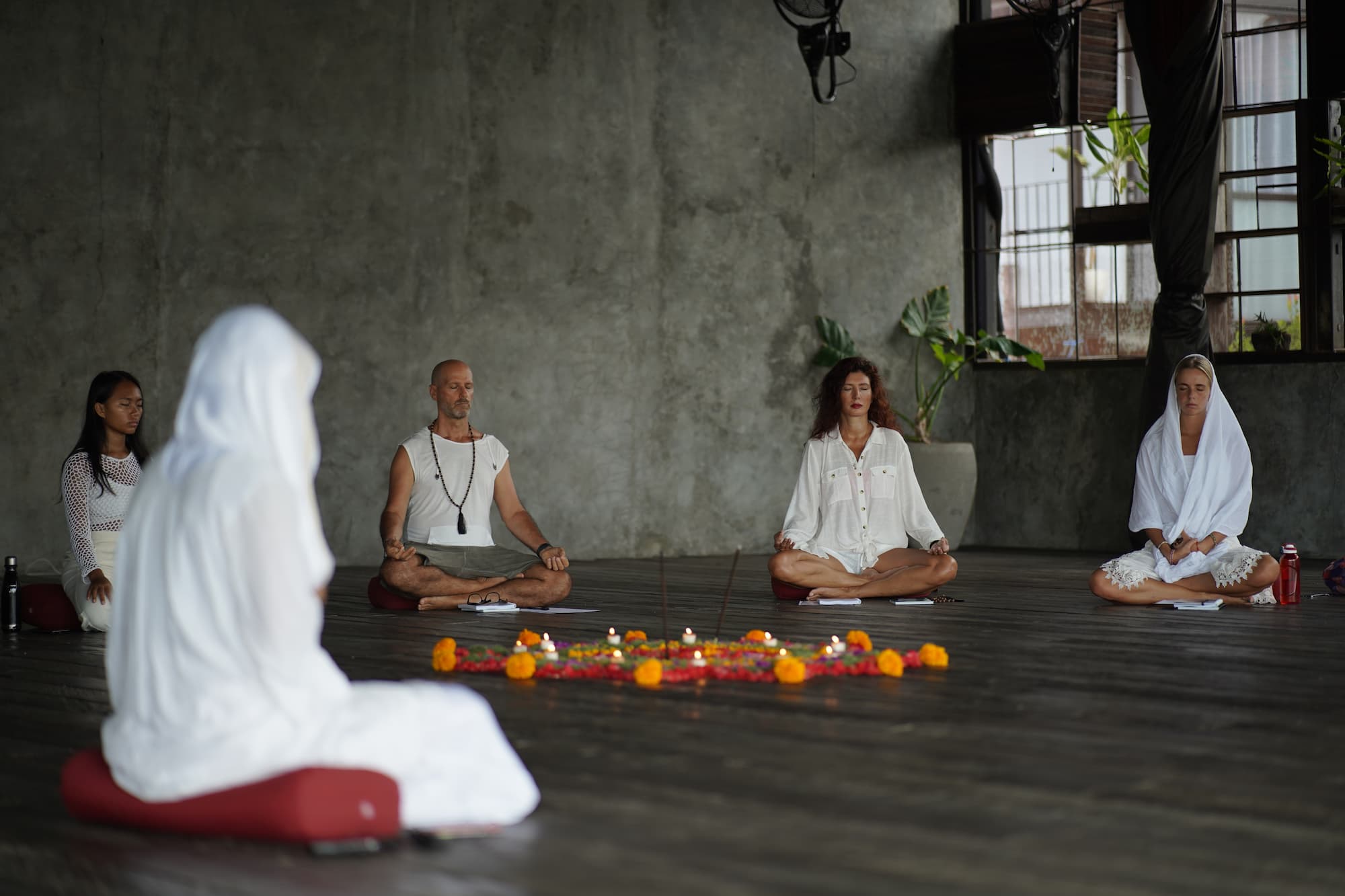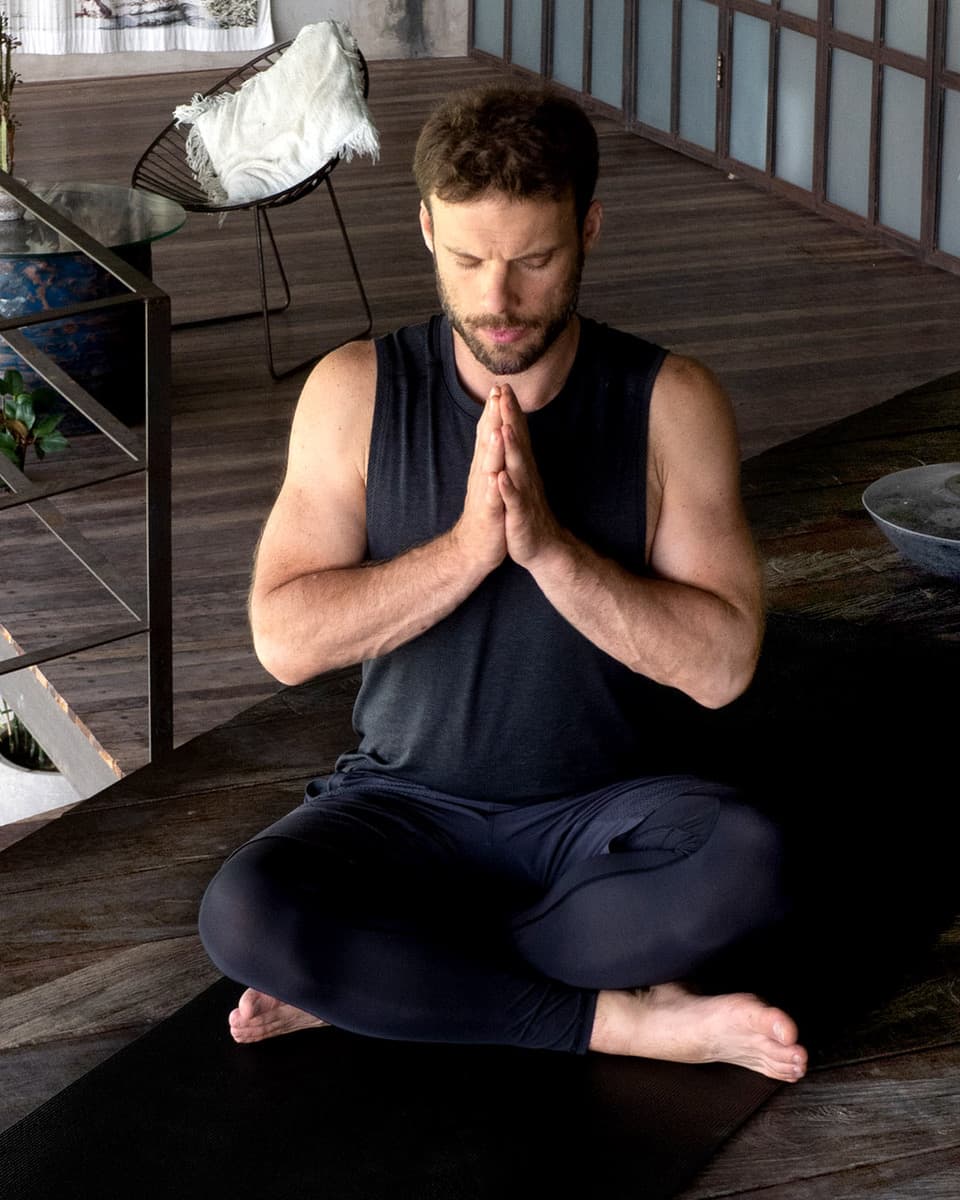
WHAT IS KUNDALINI YOGA
August 02, 2021At the first sight classes of Kundalini Yoga may seem like a cult of white wearing followers with the strange turbans on their heads, singing in some strange language and doing unusual dance routine but actually, history of Kundalini Yoga is quite unusual and fascinating.
The practice of Kundalini comes from the lineage of Raj Yoga, one of the oldest forms of yoga mentioned in the sacred Vedic collection of texts known as the Upanishads, and practiced in India since 500 BC. Kundalini differs from other forms of yoga in that it descends from a Sikh lineage, a religion distinct from Hinduism and Islam founded in 15th century in Punjab that emphasises love, equality, and service to others.
Yogi Bhajan who was also a Sikh, integrated the teachings of Guru Nanak, the founder of Sikhism who studied and practiced yoga. Because of the intersection between yoga and the lineage of Sikihism through Guru Nanak, many of the meditations in the Kundalini practice come from the Sikh tradition.
For instance, the use of the mantra Sat Nam (or Truth is my essence) in Kundalini yoga comes directly from Guru Nanak’s enlightenment experience when he was studying with the yogis.
For centuries, the practice of Kundalini was only taught from master to student, as students were required to go through years of initiation before they were prepared to receive the spiritual teachings of the Kundalini masters. Now in our modern world, this Kundalini lineage is believed to exist through what is known as the Golden Link or Golden Chain, a transmission of wisdom and consciousness from masters to students through the subtle body.
The word “Kundalini” itself comes from the Sanskrit word for “coiled female serpent”. The image of a coiling snake imparts the sense of an untapped source of dormant energy.
The Kundalini practice is designed to activate and release this dormant creative energy located at the base of the spine, and allow it to travel upward, energising each of the chakras and increasing our consciousness and potential. The Kundalini Research Institute describes Kundalini Yoga as “the practice of awakening our Higher Self and turning potential energy into kinetic energy.”
Thanks to Yogi Bhajan, Kundalini is now one of the most formalised styles of yoga currently taught throughout the world, with a set structure for each class. All classes begin with the Adi mantra to tune in to the spiritual channel of the Golden Chain and to focus the mind. Through this connection, teachers and practitioners channel the sacred wisdom of the Masters of Kundalini yoga in order to be guided and protected during the practice.
The Adi Mantra, “Ong Namo Guru Dev Namo,” means, “I bow to the subtle divine wisdom, the divine teacher within.”
While Kundalini yoga is about experiencing the divine within, it is not a religious practice and it is available to all who are curious to try it and open themselves to the new experiences.
ARCHIVES
RECENT ARTICLES
JANU SIRSASANA - HEAD TO KNEE FORWARD FOLD
October 28, 2022
JANU SIRSASANA - HEAD TO KNEE FORWARD FOLD
October 28, 2022
JANU SIRSASANA - HEAD TO KNEE FORWARD FOLD
October 28, 2022
JANU SIRSASANA - HEAD TO KNEE FORWARD FOLD
October 28, 2022
LOVINGKINDNESS MEDITATION
October 18, 2022







